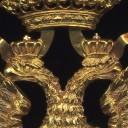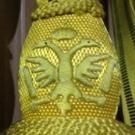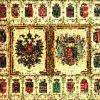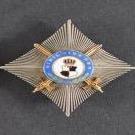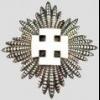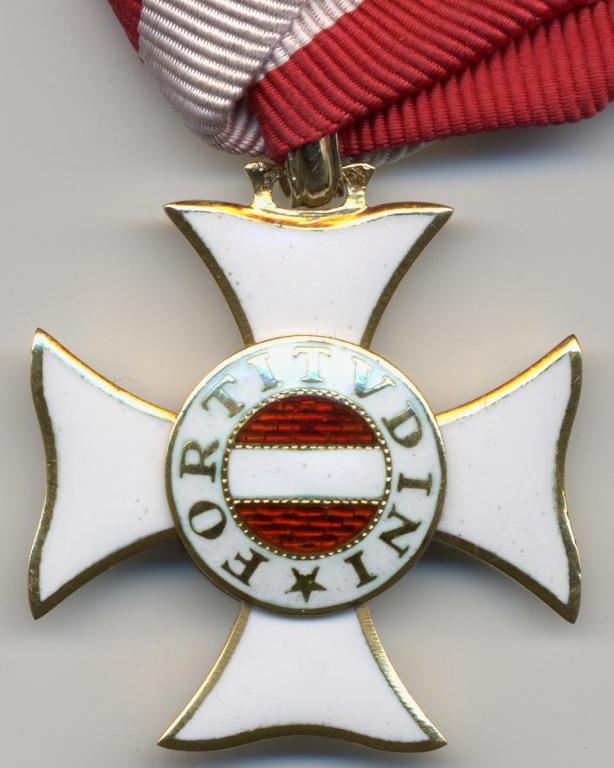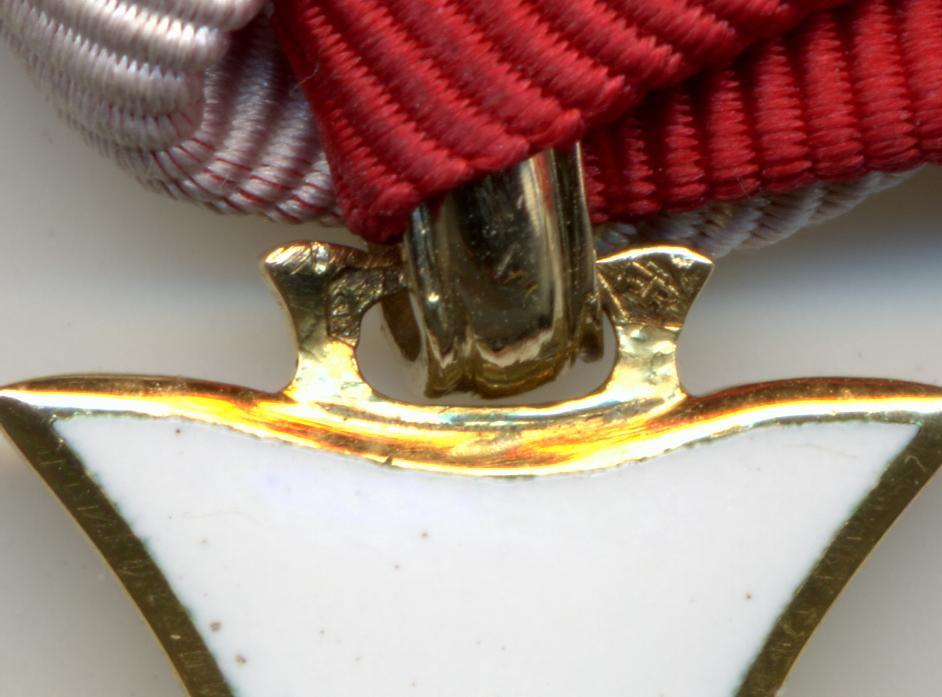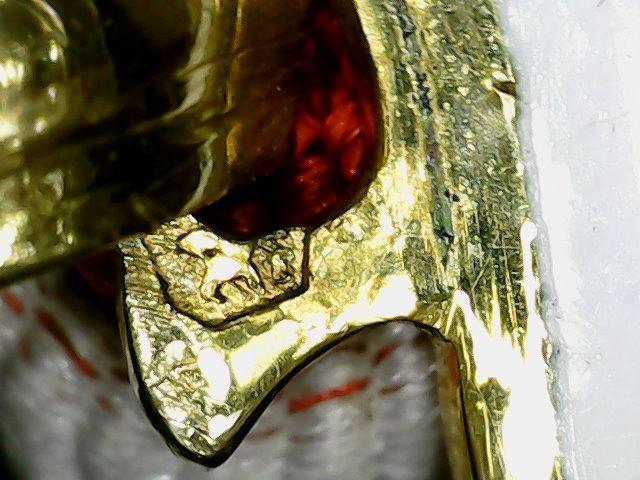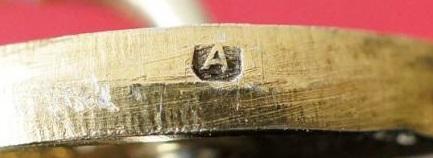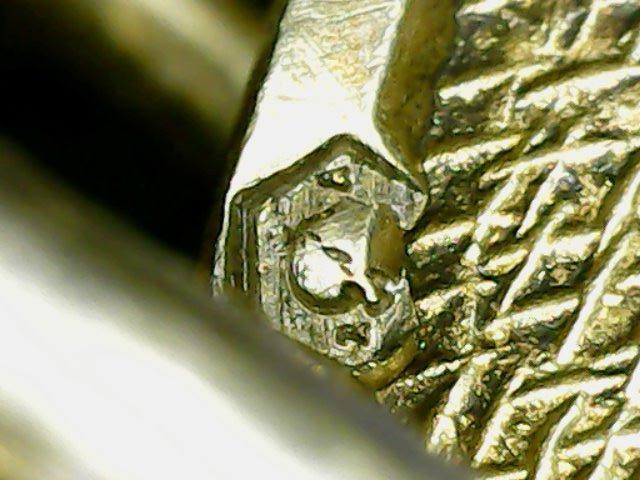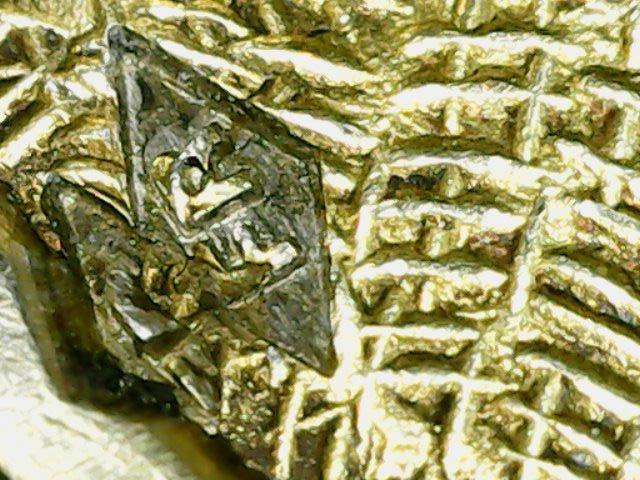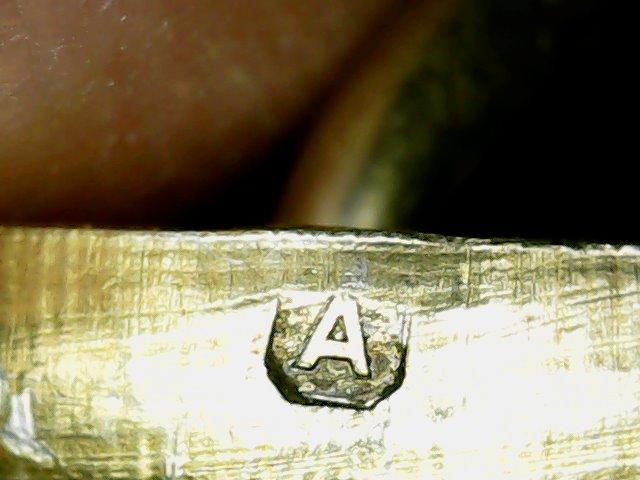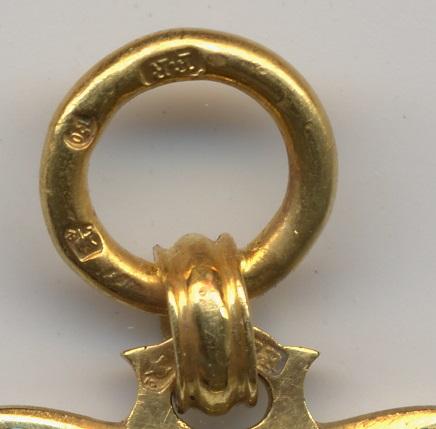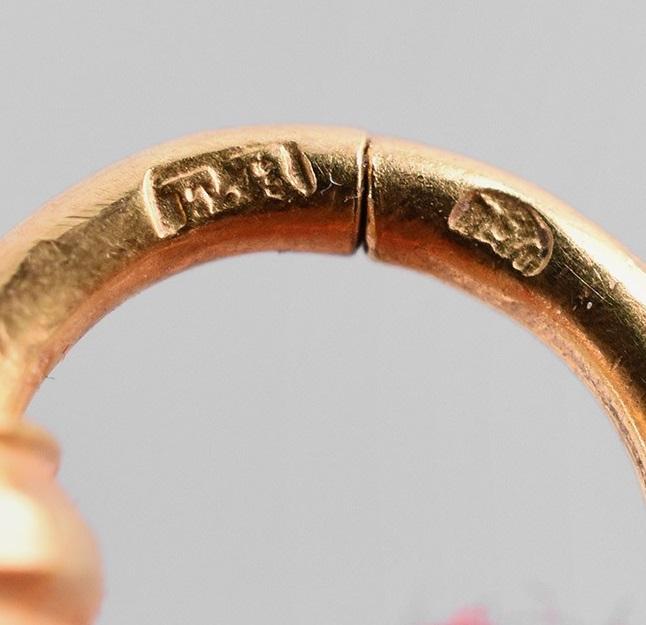-
Posts
21 -
Joined
-
Last visited
-
Days Won
2
StefanK. last won the day on November 10 2023
StefanK. had the most liked content!
Profile Information
-
Location
Austria
Recent Profile Visitors
543 profile views
StefanK.'s Achievements
-
Dear gentlemen, I‘ve been trying for weeks to respond to this interesting tread but didn‘t find time yet. I am sorry! Right now I just want to thank the contributors that this thread - that temporarily seemed to ger out of hand - found its way back to a scientific debate. That‘s great 👍🏼 greetings, Stefan PS: in the meantime I found some new interesting details on the company Gebr. Resch that I will publish asap.
-
Hello Tomas, I really would like to apologize because I don‘t want to create any „toxic environment“, as you stated. But after reading my contributions once more, I really do not know what to apologize for. You claimed something that was wrong and I clarified it by providing some official state records. No personal attacks, just facts. I think it is you that creates confusion and a toxic environment, because you claim things as if they were facts without providing any proofs. I really would like to see 1) the catalogues you are talking about 2) a watch or clock produced by Rothe 3) a watch or clock produced by Mayer. You state that certain products of Resch „are not known“. What does that mean? Are they not known by Mr. Tomas or the entirety of the collectors-community of austro-hungarian medals and decorations? If the first case is true, I would kindly ask you to reconsider your expressions in a public forum and say „are not known by me“ in order not create any confusions. I agree, it is a serious forum. We should stick to the topics. So I ask you: Why are you approaching private conversations between you and me here in public? Is this what you call serious? I am here to learn, to share and to know others with the same interests. So i want to come back to the topic and talk about the investigations I made about Resch: Itis quite easy to reveal that Resch produced before the date you stated (1864). Just look at the labels Resch used. The address Kohlmarkt 262 was used only until 1863/1864. Later the company moved to Kohlmarkt 8. Consequently the products/ cases that are labelled with „Kohlmarkt 262“ must date back before that year, between 1854 and 1863/1864. greetings, Stefan
-
A sure fact is not the same as an empirical induction because the latter is always susceptible for wrong conclusions. So is your assertion that Resch was established only in 1864 - based on the "first" catalogue (how can someone say that a certain catalogue is the first, after 160 years?). Well, official austrian records reveal that the year I mentioned above is the real year of establishment of Gebrüder Resch. PS: I personally doubt that Mayer or Rothe made watches. now you know one.
-
That is not true. The company "Gebrüder Resch" was founded on March 1st 1854 by Lorenz Resch, who was a gold- and clocksmith, and his brother, Josef Resch. The procurator was Ludwig Wolf. The company was situated near the famous cafè Daum at Kohlmarkt 262 and moved to Kohlmarkt 8 in around 1863/1864. It is stated that the company made all of the famous orders of the monarchy and was listed as a Hofjuwelier. Josef Resch left the company in 1868. Lorenz Resch also founded a clock factory in Vienna in 1862 and moved to Ebensee afterwards, where he continued his business as a clock manufacturer. He died in 1872 at the age of 60. The clock manufactory was active until 1901 when it was sold to Junghans. In 1885 the factory produced around 12.000-15.000 clocks avery year. on what evidence is this claim based?
-
Ok I see. Would you mind showing eg a Leopoldorden? I would like to understand how the craftmanship of the pre 1918 pieces differs copared to the fattovich pieces.
-
Hello Christian, do yu have pictures of how the Fattovich-pieces looked like?
-
What is your opinion on this piece? The piece weights 15.2g (with ribbon) and measures 30,2mm (width). Thanks in advance for your input. Greetings, Stefan
-
Very very nice, thank you for showing!
-
There is no other marking or traces from a scrubbed one. Its just the photo and the fact that the surface is convex. Attached another photo. Of course it shows the Diana's Head 2A along with a Rothe marking as well as the one for the Hauptmünzamt. I was just wondering if they were faked or used after 1922 to fool collectors because the piece that bears that markings could raise some questions.
-
Thank you, that is very interesting. Only your last sentence confuses me. Does rhat mean that both medal in theory could also have been made in - let‘s say - in 1875? Or were you referring only to the maker‘s mark? Going back to my MMThO: what makes you think that this piece was made by Rothe? I know two types of Rothe MMThO that are slightly different in size and design (the „WW1“ type and the „1866“ type). A third pattern, worn by Ernst August of Hannover, with straigth arms, could have been made by Rothe. All three are pictures in Ortner/Ludwigstorff. If my piece was made by Rothe, what sense does it have to change patterns of such a rare award so many times?



